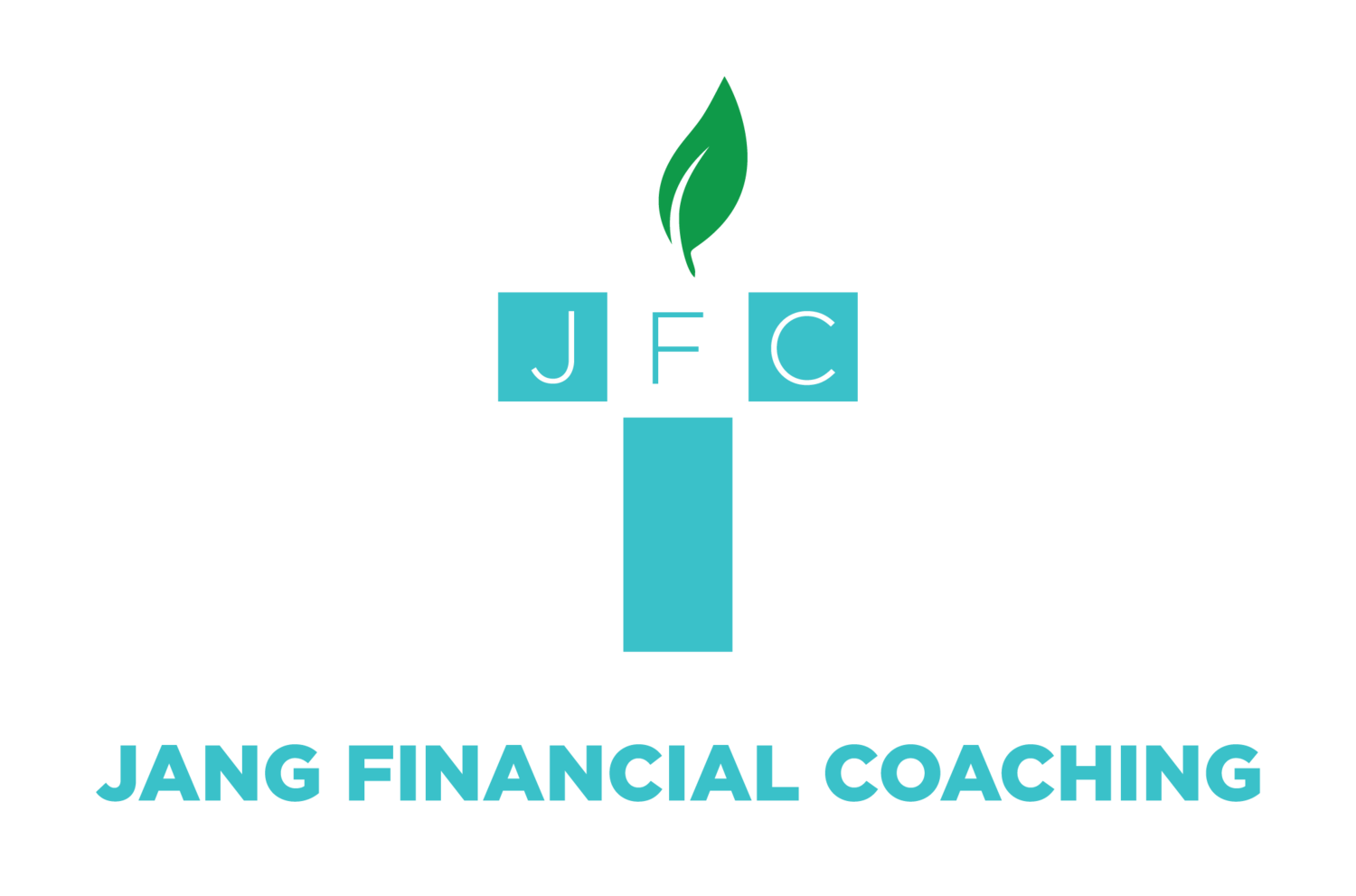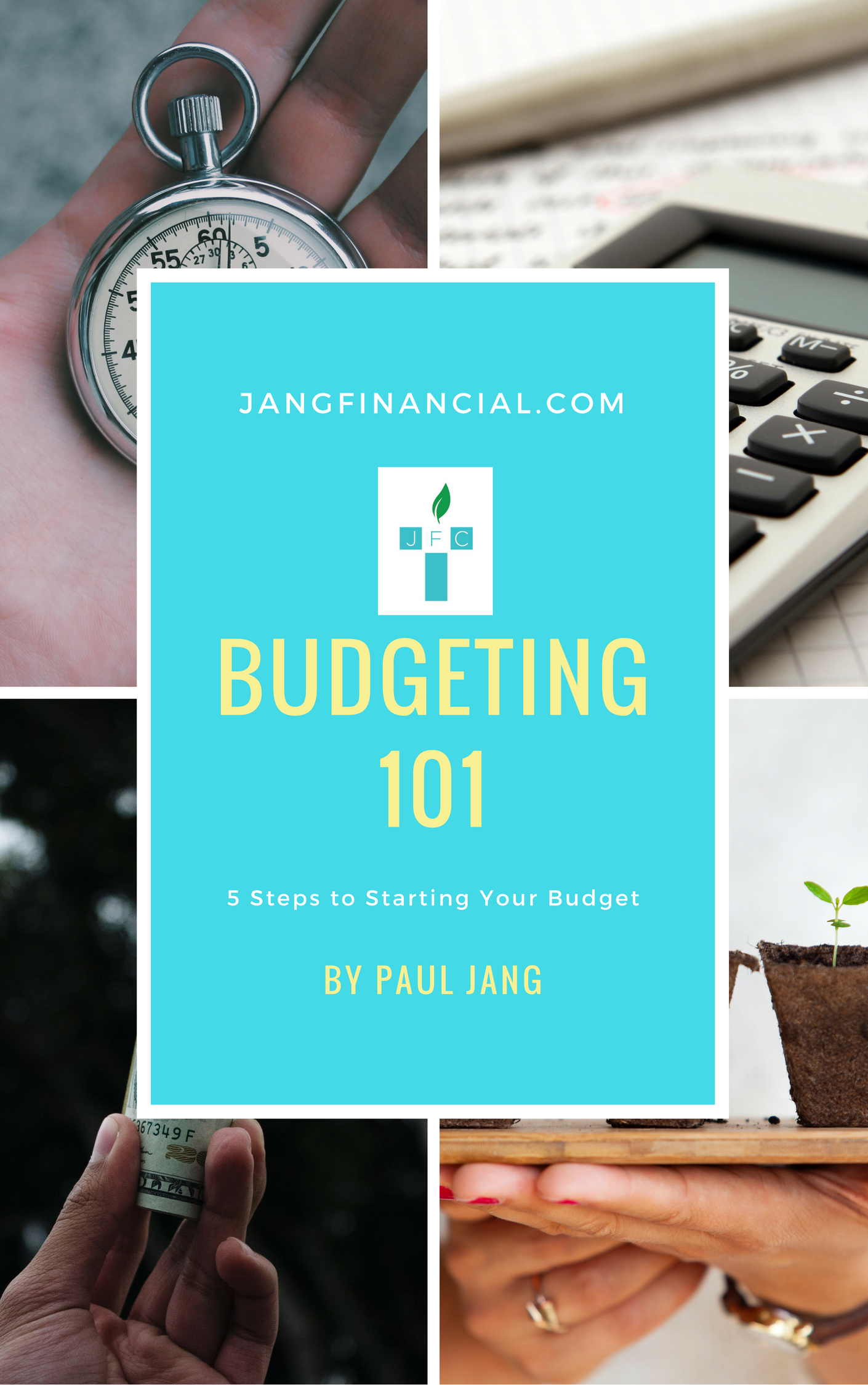The Secret Power of Using Cash & the Cost of Automation in Personal Finances
/Back in 2003, McDonald’s, the nation’s largest restaurant chain decided to invest millions of dollars to start accepting payment by credit cards. Why would low-cost fast food chain that averaged about $4.50 per order choose to invest millions? Because they knew that based on their research, when a customer used plastic, he spent $7 per order instead of $4.50 in cash! That’s an increase of 55% per transaction per customer. Any store would love that kind of growth.
According to one study, customers use about 26% more on their purchases when they use credit cards instead of cash. The emotional impact is simply different when we buy things in cash. As one researcher once said, when we buy things in cash, it creates more pain. So we spend less.
Companies aren’t really doing us much favor when they make financial transactions painless and easy. They are doing it to make more sales and help their bank, not ours. I admit I have used my share of credit cards in my life, still use debit cards from time to time along with Paypal, and even use Venmo. They are easy and I do like the convenience. However, while ease in terms of the purchase transaction is a huge plus in our day and age, especially with our smartphones, companies like Apple or Amazon are far more interested in getting us to buy things quickly minimizing our thought process as well as diminishing the pain.
If you are not in control of your finances and are spending more money than you can afford, and you are in credit card or consumer debt, I recommend you stop using credit cards and other digital transactions of the sort. In fact, I would go as far as to suggest that you start making your purchasing experiences more difficult and painful instead. Automate and make your investment saving easy, but when it comes to purchasing things, I suggest you put back the pain into the purchasing experience. Why? So that what you spend money on is not on a whim but really reflects your values and goals in life, minimizing regrets after your purchase.
I serve people who make $50,000 a month as well as those who make $50,000 a year, but regardless of how much people make, many of us Americans are not really in control of our personal finances. If you are that rare breed that always pays off your balance at the end of each month, are thoughtful about your purchases and your purchases really reflect your life’s values and goals, then perhaps this might not speak to you. But I bet many of you reading this resonate with the struggle. And many of us don’t really even know where all of our money is going because it’s so hard to keep track.
Let me make three suggestions to get you started.
1) If you have a shopping problem with Amazon, I would suggest you get rid of the one-click purchase option. Put back more pain in your purchasing transactions so that your purchase is a value purchase instead of an emotional purchase out of a whim.
2) If you have a problem in certain categories of expenses, like going out to eat or going shopping, don’t use plastic or your cell phone to pay. Instead, set aside your monthly food budget or shopping budget in a cash envelope. Put a specific amount into a cash envelope in categories you find yourself losing control. Start with 1-2 categories and use cash. When you run out, you just don’t get to spend any more.
3) And ask yourself, in what ways can you add more inconvenience and pain to your purchasing transaction so that you stay in control of your purchases?
Remember, when it comes to saving and investing, automate it and make it as least painful as possible. However, when it comes to buying things in general, especially those of us who shop too much and have very little but debt or an empty bank account to show for, make your purchases painful and inconvenient, like buying in cash, so that whatever you really do purchase indeed reflects your values and goals in your life.
Dr. Paul Brand once wrote about the gift of pain in the context of leprosy patients. Pain, he asserts, is a gift from God. However, we live in a day and age where we think pain is harmful and have more choices of pain medication than we have ever had. We don’t want to feel pain anymore. Why do we pay money to dentists who inflict short-term pain on us? Because we know that such pain is beneficial to us. Pain reveals to us that something is awry and needs our attention. It’s God way of making us pay attention. Perhaps we may need to bring the pain back into our purchasing experiences so that we pay attention in our day and age of automation and ease that end up enslaving us to consumer debt.
Ready to Start?
Are you ready to get started? Contact me at paul@jangfinancial.com if you want to help disciple your congregation as God-honoring stewards from a biblical perspective, or if you yourself want to grow as a steward seeking to practically manage the finances better to hear from our Lord upon his return, “Well done, good and faithful servant. You have been faithful over a little; I will set you over much. Enter into the joy of your master.” (Matthew 25:21, 23)
Questions to Ponder:
1. Have you automated your savings and investments? What practical ways have you taken to automate this important component of your personal finances?
2. How might your purchasing transactions need more pain and inconvenience so that you have fewer regrets about your purchases? What can you do to add intentional friction to your purchases?
3. If we are spending an additional $0.25 on a dollar we spend by using credit cards, does it make sense for us to rationalize about credit card points, especially if we are in credit card debt?
Paul Jang
Pastor | Personal Financial Coach to Individuals & Financial Stewardship Ministry Consultant for Churches
*If you want to automatically receive these weekly blogs, sign up for a free budgeting e-book at www.jangfinancial.com.
**Want to check out other blog entries, check out www.jangfinancial.com/jang-financial-stewardship-blogs/
Paul Jang served as a full-time ordained pastor for close to 15 years in Bergen County, NJ. Currently, he serves as an associate pastor at the Church Gathered & Scattered and as a personal financial coach and a financial stewardship ministry consultant for churches at Jang Financial Coaching LLC (jangfinancial.com), he serves Christ-followers and churches position toward financial peace, independence, and generosity. He is a certified Ramsey Solutions Master Financial Coach, a certified small group facilitator of Compass, finances God’s way, and a member of Christian Stewardship Network. Paul has been serving as a financial counselor for about decade and enjoys running while listening to a good audiobook on anything financial. He is happily married to Joy and committed to raising 3 future stewards in God’s Kingdom.
Recent Articles
Discipleship Matters in Personal Finances
How My Financial Illiteracy Cost Me $10K with Life Insurance
Secrets of Raising Money-Smart Kids
Articles on Financial-Emotional Types:
Do You Make This Mistake in Your Personal Finances?
How the Self-Worth Spender Within Me Stole 9 Months of My Life
Why Some People Always Medicate Themselves Through Retail Therapy
Confessions of a Recovering Security Seeker
What Is Your Financial Emotional Elephant Type?
Articles on Budgeting and Debt-Elimination
A Steward’s Guide to Starting a Budget
A Steward’s Guide to Starting a Budget Part 2: Tracking Expenses by Category
A Steward’s Guide to Starting a Budget Part 3: Fixed, Variable and Lifestyle Choices
Secrets of Knocking Out Your Debts
Articles on Car Buying
A Steward’s Guide to Car Buying: Part 1
A Steward’s Guide to Car Buying Part 2: 4 Things You Must Be Able to Do When Buying a Good Used Car
A Steward’s Guide to Car Buying Part 3: Doing the Math
Articles on Retirement
A Steward’s Guide to Retiring with Dignity: Part 1
A Steward’s Guide to Retiring With Dignity Part 2: Basic Steps



